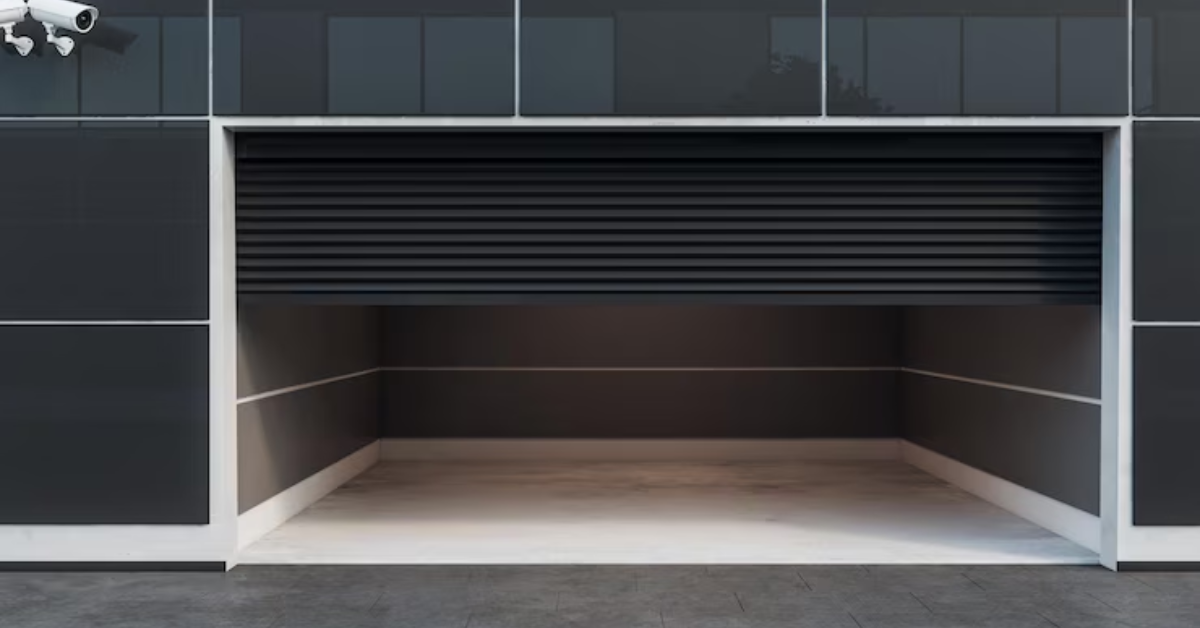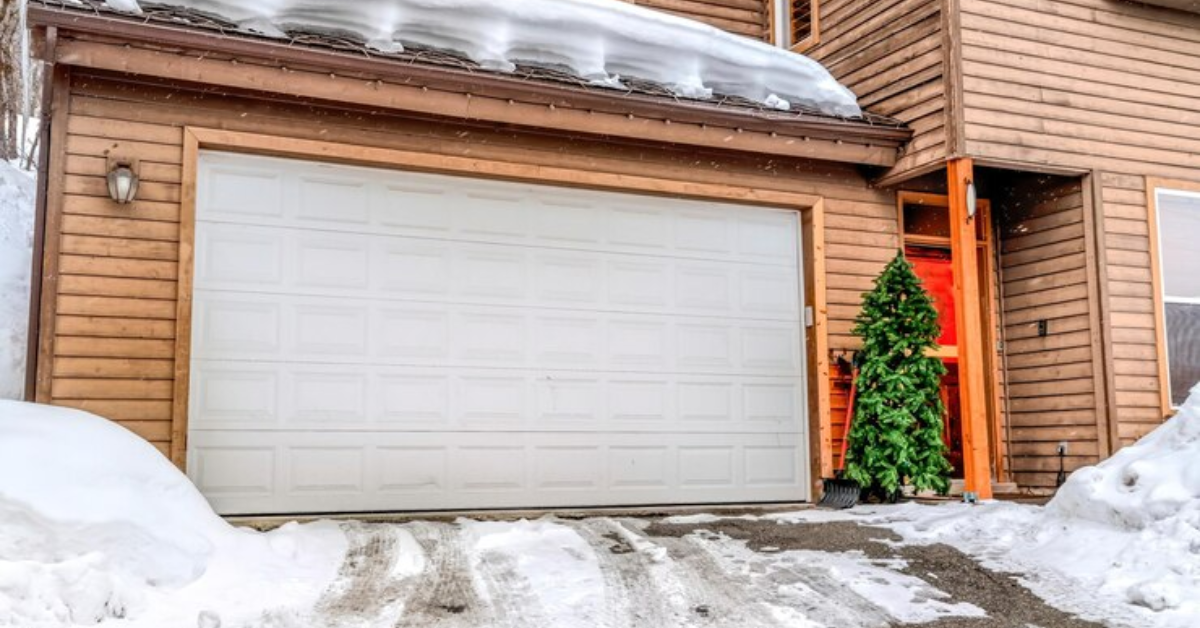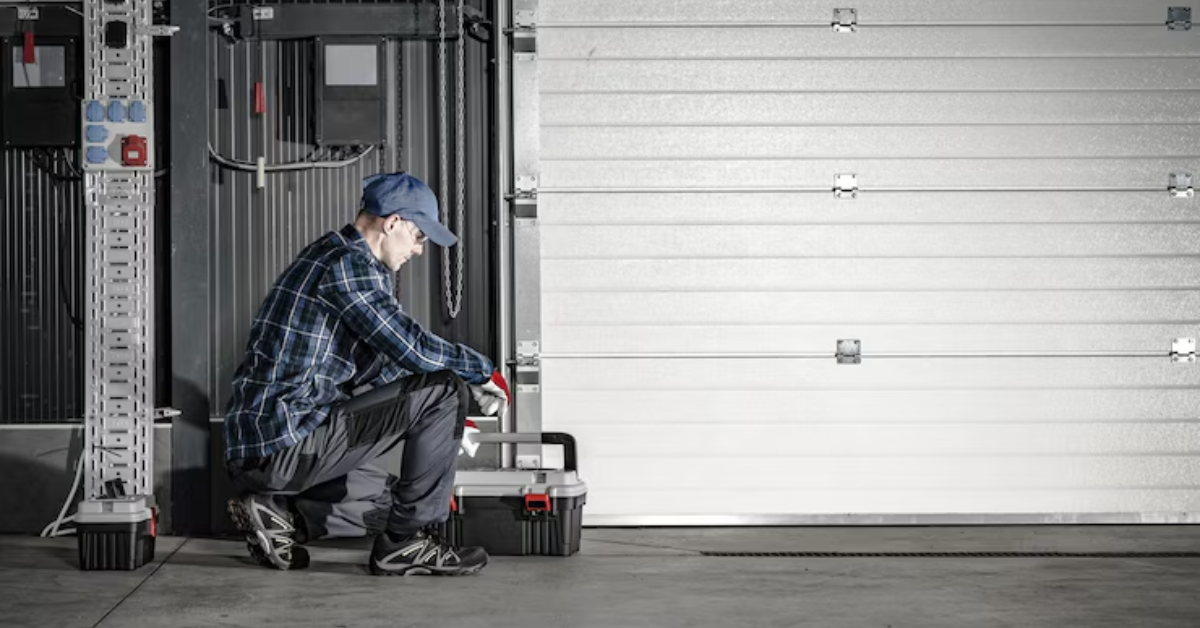How Do I Close a Nonworking Automatic Garage Door?
When your automatic garage door suddenly stops working, it can be both inconvenient and stressful—especially if you’re trying to leave for work or secure your home. Whether it’s due to a power outage, a malfunctioning opener, or a broken spring, knowing how to safely close a nonworking automatic garage door is essential. This guide walks you through the steps in a clear and simple manner so you can handle the situation with confidence.
Why Automatic Garage Doors Stop Working
Before you try to manually close your garage door, it's helpful to understand why it might not be functioning properly. Some common reasons include:
- Power outage: If your home has lost electricity, the garage door opener will not respond.
- Opener failure: A malfunction in the opener motor or logic board can make the door unresponsive.
- Broken springs or cables: These components help lift the door. If they snap, the door can become extremely heavy.
- Sensor misalignment: If the
safety sensors are blocked or misaligned, the opener might refuse to close the door.
Safety First | Assess the Situation
Before attempting to close a nonworking garage door, make sure it’s safe to do so. Visually inspect the door for any broken springs, frayed cables, or bent tracks. If you notice severe damage, do not attempt to move the door yourself. Instead, contact a professional garage door technician immediately. Mishandling a damaged garage door can lead to serious injuries.
Step-by-Step Guide to Manually Close Your Garage Door
If everything appears intact but the opener isn’t working, you can manually close your garage door using the emergency release feature. Here’s how to do it:
1. Locate the Emergency Release Cord
Every automatic garage door opener has an emergency release mechanism. This is usually a red cord hanging from the opener’s trolley on the garage door track. Its purpose is to disconnect the door from the opener so you can operate it by hand.
2. Ensure the Garage Door is Fully Closed or Supported
If the door is partially open, be very cautious. A disconnected door can fall quickly due to its weight. If the door is stuck halfway and seems unstable, do not attempt to release it manually without assistance or professional help. If it’s safe to proceed, continue to the next step.
3. Pull the Emergency Release Cord
Firmly pull the red emergency release cord downward. This action will disengage the trolley from the opener carriage, allowing the garage door to move freely by hand.
4. Lower the Door Manually
Grip the door with both hands and carefully lower it to the ground. Be sure to keep fingers away from any hinges or tracks. Since garage doors are heavy, use your legs to support your movement and avoid sudden drops. If the door feels stuck or overly heavy, stop and seek professional help to avoid injury.
5. Lock the Door (If Necessary)
Once the door is closed, some models allow you to manually engage a lock on the inside. If your garage door has a manual lock, use it to secure the door until the automatic system is repaired.
When to Re-Engage the Opener
After your garage door is closed and your opener is back in working condition (such as after a power outage), you’ll need to reconnect it. To do this:
- Ensure the door is closed completely.
- Pull the emergency release cord again—this time in the opposite direction—to re-engage the opener.
- Activate your garage door opener, and the trolley should snap back into position automatically.
If the opener fails to re-engage, refer to your owner's manual or contact a garage door technician.
When to Call a Professional
If you experience any of the following issues, it’s best to call in a professional:
- The garage door is stuck or crooked
- Broken or visibly worn-out springs or cables
- The door is too heavy to lift manually
- The tracks are misaligned or bent
- The opener is making unusual noises or unresponsive
A certified garage door technician can assess the issue and make necessary repairs safely and effectively.
Final Thoughts
Knowing how to close a nonworking automatic garage door can help you stay calm and take control in a frustrating situation. Whether you're dealing with a power outage or an opener malfunction, using the emergency release feature is often a safe and effective solution. Just be sure to inspect the door for any signs of damage before attempting any manual operation.
Staying familiar with how your garage door system works not only saves time but also protects your home and loved ones. And when in doubt, don’t hesitate to reach out to a trusted garage door repair service to ensure everything is running smoothly.




